Unless you’re a keen gardener, you’d be forgiven for wondering what a stumpery was. Is it something new? What is involved in making one? Can anyone do it? To answer these questions, we need to take a short trip back to Victorian Britain…
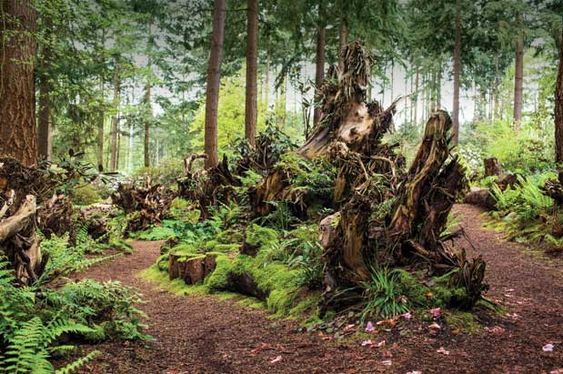
The First Stumpery
Most people will have heard of the idea of a rockery, cactus or succulent garden. You place a bunch of large stones in a pile and fill the gaps with soil, then grow plants and flowers on it. And they can be a really attractive feature, making your garden more interesting and enjoyable. Rockeries make a suitable environment for particular plants and ‘mini-beasts’, as creepy-crawly bugs are now referred to. Likewise with stumperies, except instead of rocks, you use wooden stumps.
The reason behind the creation of the first recorded stumpery is unknown. Perhaps there was a shortage of rocks available, or maybe the Biddulph Estate in Staffordshire had a penchant for ferns. But whatever inspired them, Edward William Cooke designed and built the first stumpery in 1856 for the owners of Biddulph Grange. that was used to grow ferns as the shady conditions made it ideal for them. It was pretty big, set against a 3-meter high wall (10 ft).
The trend caught on and Victorians across the country started making their own. This fashion was called a ‘Victorian Horticultural Oddity’.
It has to be noted that in many ways the Victorians themselves were odd. They had developed an obsession with life and death, and finding out how things worked, mostly by killing them and taking them apart. It was the tail end of the Romantic Movement, with its focus on the beauty of nature, which could account for the popularity of stumperies. And they had a passion for ferns, importing a huge variety from around the world. So, in gardens up and down the country (the wealthy ones, mostly) people built these micro-environments that encouraged alien species to thrive and an excellent home for a great variety of arthropods and invertebrates.
So, what is a stumpery?
Victorian oddness aside, these features offer a lot of positives. They are easy to make, they don’t need a massive amount of work, and you can have one whatever size of garden you own. Essentially, it’s a pile of wood. But, although not an exact science, there is more to it than that.
Strictly speaking, stumperies use tree stumps with roots, as the name implies, but logs, driftwood, strips of bark, and even railroad ties (railway sleepers in the UK) have been used to great effect. Any local tree surgeon can probably get you these for free. The stumps are arranged, rather than dumped, to make an attractive pile that creates shaded spaces. If you’re going by the book and using actual tree stumps, then the roots should be facing upwards. Don’t worry if you’re not using tree stumps – there’s no such thing as the Stumpery Police.
Once the plants are established, you’ll have an attractive feature that adds appeal to your yard as well as a home for all kinds of little creatures. And you’ll have a great sense of satisfaction and achievement.
Another positive aspect of stumperies is that it can offer a handy way of using unwanted garden waste. Instead of being saddled with hauling waste wood and stumps off to the tip, or having to hire a chipper, or chopping it up for incineration, you can simply transform the waste into an attractive garden feature. It’s a win-win.
How do I make one?
Well, obviously you need a yard or space somewhere to create one. It isn’t just a case of dropping the wood onto the floor, either:
- Prepare the ground – ideally in a shaded area – by removing grass and weeds. Dig down to about 20 cm and turn the soil, taking care to grub out any roots. Building the stumpery on loose soil will help enormously in getting it settled in. Digging in leaf mold or compost will also be a great help.
- Try to avoid using herbicides or any chemicals that will harm the wildlife you will be attracting.
- Arrange the stumps, logs, or whatever wood you are using, in a way that pleases the eye. This may take a while!
- Any larger logs and stumps should be sunk down into the ground to make them stable.
- Place smaller pieces in between the bigger ones to fill in gaps, or even to make arches, caves, or tunnels – this is your project, so use your imagination!
- As a tip, try placing sticks so they make natural perches for birds.
- Use long logs to make a border that defines the edge of your stumpery, especially if it is close to a path.
- Scatter compost and soil liberally across the whole thing, making sure it falls into those crevices.
- where there’s a natural ‘bowl’ in a log, line it with moss before adding compost and setting a plant. This will help it to retain moisture.
- Cover the area in a couple of inches of wood mulch (or wood chips) and give it a good spray with water. Keep spraying daily until the plants are well established.
And there you have your stumpery. They take as much effort as you’re willing to put into them, and are great fun to make. They may not be to everyone’s liking – Prince Charles has one of the most famous (and biggest) examples in the UK, and his father, Prince Philip, was reported to have once asked his son, “When are you going to set fire to this lot?”.
There’s no accounting for taste, as they say. So have fun planning, designing, and creating your own stumpery, then sit back and enjoy the results. It will be a pleasure to behold in its own right, and it will also provide an excellent home for all those tiny creatures. As urban areas expand daily, and their habitats are destroyed, they need all the help we can give them.
Stumpery Examples
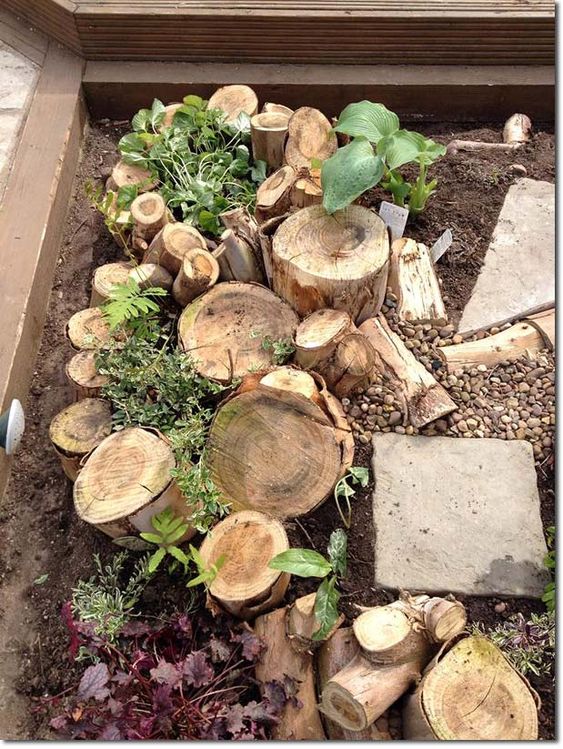
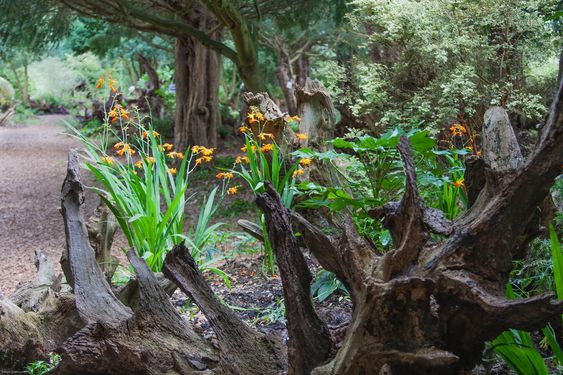
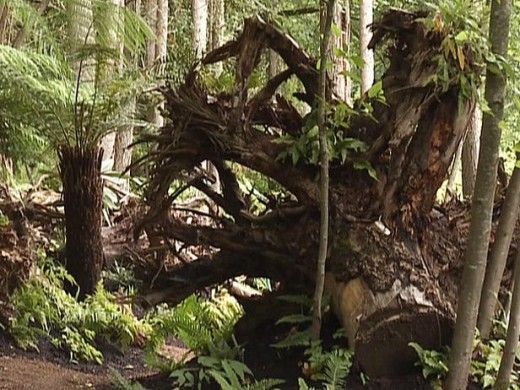
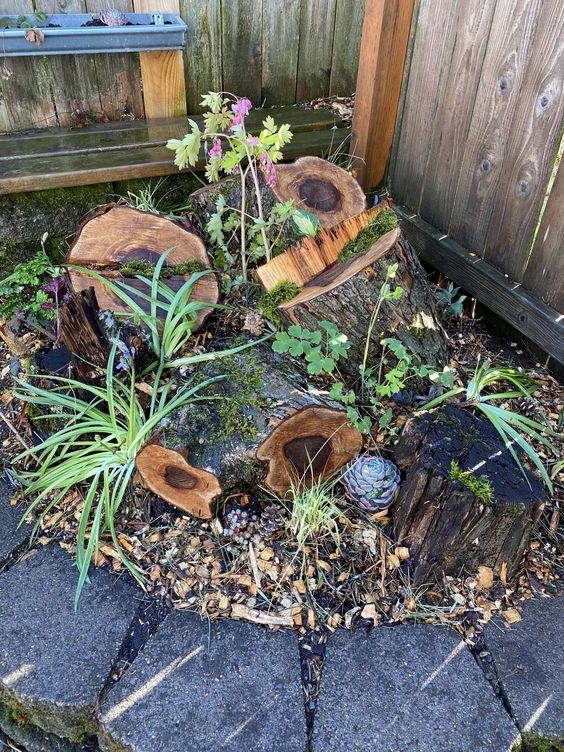




Leave a Reply